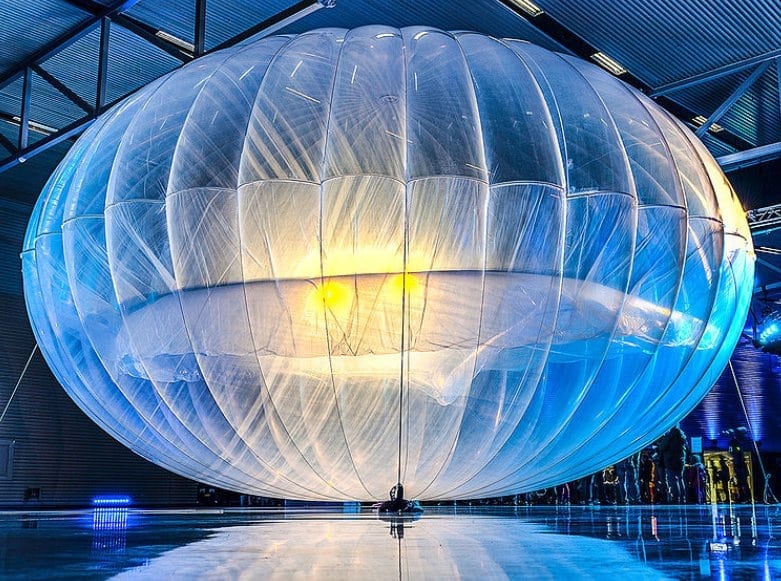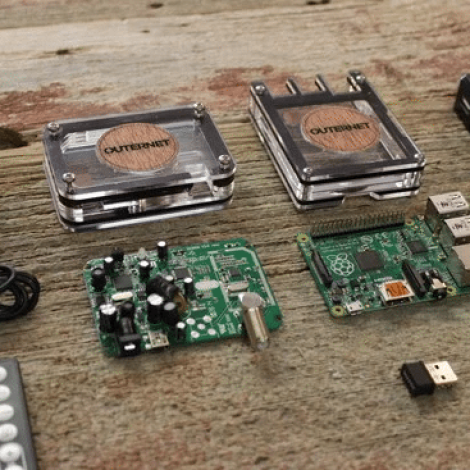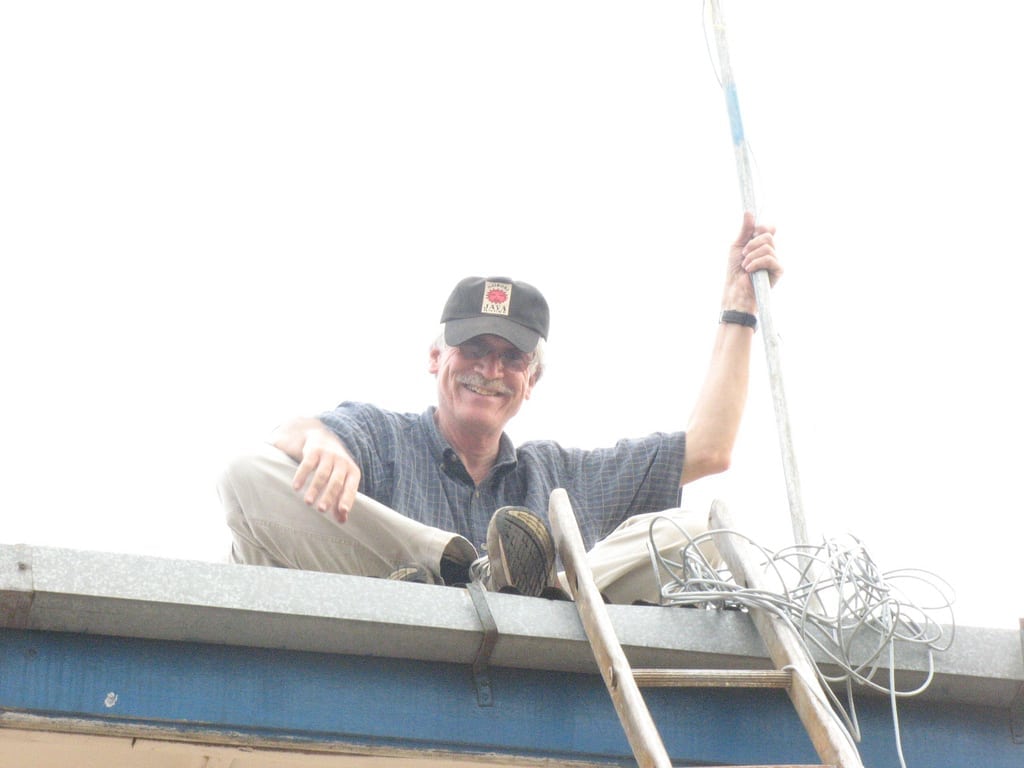When Google announced its Project Loon plan in 2013, reactions ranged from scoff to swoon. But with real-world tests in Indonesia and now Sri Lanka, superpressured helium-filled balloons are making attempts to deliver the Internet to hard-to-reach places. The balloons have captured our collective imagination. But even so, they are only one piece in a technological puzzle that we need to solve before we can connect everyone in developing countries.
It is easy to forget the complicated infrastructure behind information and communications technologies for development (ICT4D). In the developed world, we take the Internet for granted. But there is a big investment behind it that we often don’t consider. Innovation, construction and upkeep are bankrolled by private business in most cases except a notable two – Cuba and Myanmar (but the latter has already started privatization). And the sector is bound by strict regulations to make sure the market continues to drive it.
Thus, telecommunication infrastructure takes time, money, government regulations, power generating infrastructure, economic stability and other factors that some developing countries don’t have in place. At least not yet. This is why many start-ups and even giants of ICT business are innovating and trying to bring connectivity to the unconnected parts of the world. They are trying to find new ways of connecting the unconnected without the telecommunication “grid.” They are building what like what I call an “off-the-grid Internet” similar to the off-the-grid energy that is bringing solar power to remote parts of the world, not relying or connected to the electric grid.
I divide these ICT innovations into two categories. (1) Hardware that connects users to the Internet (2) Offline sharing software and hardware that integrates into new ways of creating “Intranets.” These intranets emulate the Internet in a device-to-devices sharing fashion.
1. Hardware that connects to the Internet
Google’s Project Loon
Google’s giant balloons measure 15 meters (50ft) at their widest point and float in the stratosphere for months beaming down Internet signals.The project connects the unconnected parts of the world with a new kind of “grid.” Besides Indonesia and Sri Lanka, it has also been tested in Australia. But the technology is still in development. If implemented successfully it could position Google firmly in the telecommunication sector.

Google’s Project Loon beam Internet connections to hard-to-reach places from balloons (like this one) floating in the stratosphere. Photo by iLighter / Flckr
Facebook’s Connectivity Lab
According to Mark Zuckerberg, Facebook’s Connectivity Lab is building drones, satellites and lasers to deliver the Internet to everyone.
“Our goal with Internet.org is to make affordable access to basic internet services available to every person in the world,” Zuckerberg wrote in a post on his Facebook page. Some of these efforts have not yielded more than announcements and prototypes. But we are positive that Facebook will continue to search for new ways of connecting the unconnected, especially because the developing world represents an attractive market for the company.
Outernet
As I wrote at ICTWorks, “Outernet is an ICT solution that provides data services through satellites to anywhere in the world. The obvious advantage is that these services could be available in places that lack telecommunication infrastructure. Rather than providing a two-way Internet connection, Outernet offers a one-way solution, where the customer can receive information from the satellite. For example, individuals can browse Wikipedia but cannot publish on it or participate in social media or chats, like Twitter. (This is why ‘data services’ is a more accurate description). This innovative solution works very similar to how radio services work; everyone with a receiver has access to the information.”
2. Offline sharing software and hardware
These innovations are creating new ways of connecting devices without the Internet. I’ve seen iterations such as phone-to-phone sharing through Wi-Fi, or Wi-Fi enabled hardware that stores tons of content from Wikipedia, almost acting like an offline Internet “hub” mostly for educational purposes.
Some examples include:
Internet in a box
“A small, inexpensive device which provides essential Internet resources without any Internet connection. It provides a local copy of a terabyte of the world’s free information.”
Zapya
A good example of offline sharing through Wi-fi connections. Zapya is an app for mobile and computers for cross-platform sharing. It enables people to It can move files between phones, tablets, and computers. You can share photos, music and videos without file size restrictions.
Kiwix
This is an offline educational tool that allows access to content like Wikipedia, Wiktionary, TED talks and other information sources via a computer or smartphone.
Not yet for prime time
The caveat is that most of these initiatives are still in prototype and have not yet succeeded entirely. Especially those like Loon and Internet.org’s drones that try to connect the world’s hard-to-reach places. It seems that it will take time before all of us, everywhere, can have a chance at going online. In the meantime, it helps to raise awareness among development practitioners, engineers, innovators, policymakers, and funders. We should all be aware of the importance of ICT infrastructure for the deployment of ICT4D solutions to improve the quality of life around the world.


